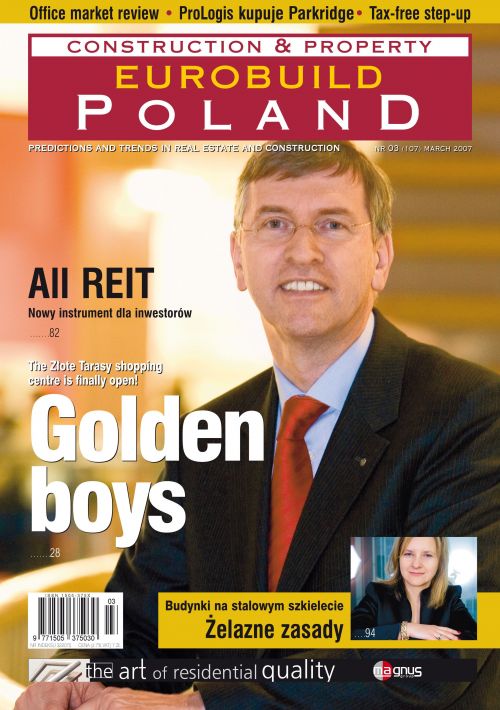Jelenia Góra is city of many possibilities. Its location in the centre of a highland valley guarantees the growth of the tourist industry and hotel sectorThe city is surrounded by the Izerskie Mountains to the west, the Kaczawskie Mountains to the north, the Rudawy Janowickie to the east and the highest range of the Sudeten Mountains – the Karkonosze – to the south. Its proximity to the Czech border (around 10 km) and with Germany (around 70 km) favours the growth of tourism and trade in this area. Nothing is being built as little is needed Nothing much is happening in residential development in Jelenia Góra, when compared with the rest of the country. The number of old homes in the city’s residential stock is relatively large (around 44.6 pct are homes built before 1945), requiring modernization and repairs. Michał Stępień, owner of the Nieruchomości Stępień agency says: “Most buildings belonging to the city are, practically, ruins which have gone unr






























































